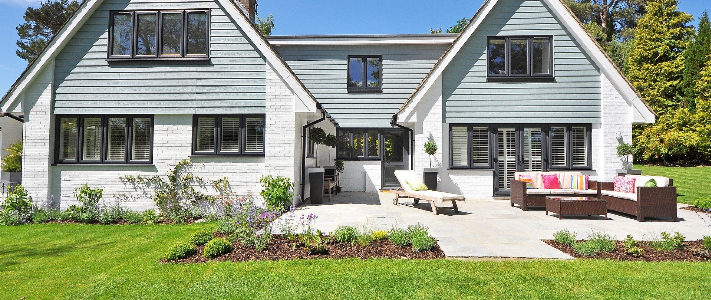Reality shows make house flipping look easy. They look at a few fixer uppers, pick out some flooring, and 30 minutes later they’ve sold a home for a huge profit. However, a lot more goes into flipping a house than what you see on television. And new flippers tend to make mistakes. Here’s what they are and how you can avoid them.
No Money
Many first time flippers see an affordable home that needs work and jump at the opportunity. However, they often don’t have enough money to cover the project from start to finish. Purchasing the home is just the first step. You will need more money to pay for the renovations, to sell the home, and to pay the mortgage if the house doesn’t sell right away. Oftentimes, renovation costs can be much higher than you estimate or an expensive problem could be exposed during demolition.
To finance your flip, start by looking for hard money lenders, fix and flip loans, or construction loans that have quick approvals. Quick approvals can be especially important when you’re flipping because time is of the essence. Quick approvals give you a leg up over the competition can even ensure that you get the home before there’s a lot of interest, which can drive the price up. Typically, hard money loans come with quick approvals and have terms that are six months to a year long. Depending on the circumstances, you can sometimes find terms that are two to three years long. You should have money set aside for incidentals and make sure you stick to your budget.
No Knowledge
Perhaps the biggest mistake new flippers make is not having enough knowledge—knowledge of the market, knowledge of the steps it takes to flip a home, and knowledge about the timeline. The best thing you can do is to research everything before investing in a property. If it’s a buyer’s market, the home is in a bad location, or there are too many renovations needed, you might not make a profit or you could even end up losing money. You should know the market before you buy. You should also learn all that you can about flipping homes and be prepared for obstacles, such as a timeline that seems to change constantly.
No Skill
More often than not, new flippers look at a list of renovations and think they can tackle them. However, renovating a home takes skill, training, and practice. Just because you’ve seen people tile a backsplash on HGTV doesn’t mean that you will be able to do it. If you don’t have a lot of experience with renovations, including planning and doing them, you might not be able to pull off a flip. You can take classes to learn some skills; however, you may want to hire a contractor who will do the majority of the work. Remember to add the expense to your budget before buying a home.
No Time
Another problem that first time flippers run into is underestimating the amount of time a flip takes. Anything can happen during a renovation that will cause delays—bad weather, product availability, or a shortage of laborers. Most new flippers also have full-time jobs and don’t realize the amount of time they need to spend on-site, picking out materials, or scheduling the work. You may need to adjust your timeline (and finances) because flipping homes is rarely quick. If you’re doing a lot of the work yourself, make sure you have plenty of time or help.
No Patience
Many flippers, whether they’re first timers or seasoned professionals, don’t have enough patience to make it through a successful flip. The entire process requires patience. You need to find a suitable home to flip, which means lots of looking. You need to find good financing, which can take time. You need to do the renovations or hire someone to do them, which can cause a lot of headaches. And, finally, you need to list, stage, and sell the home for a profit. That’s a lot to get through and requires patience.
Flipping a home can be a challenge—especially if you’ve never done it before. However, if you plan ahead, adjust your expectations, and avoid these mistakes, you will be well on your way to succeeding.

